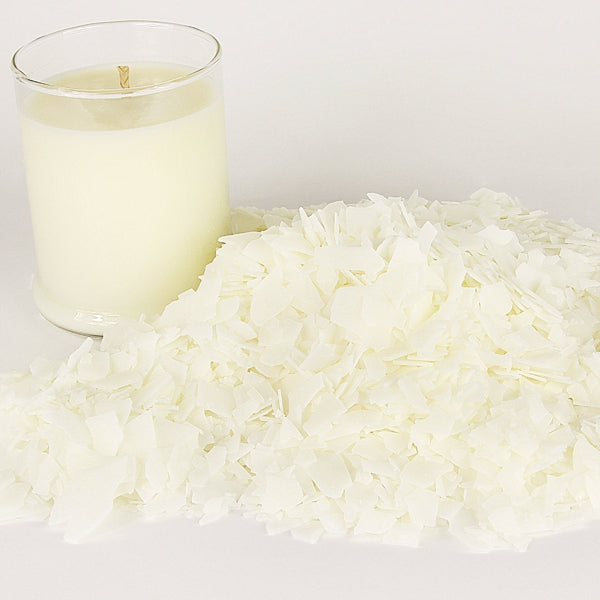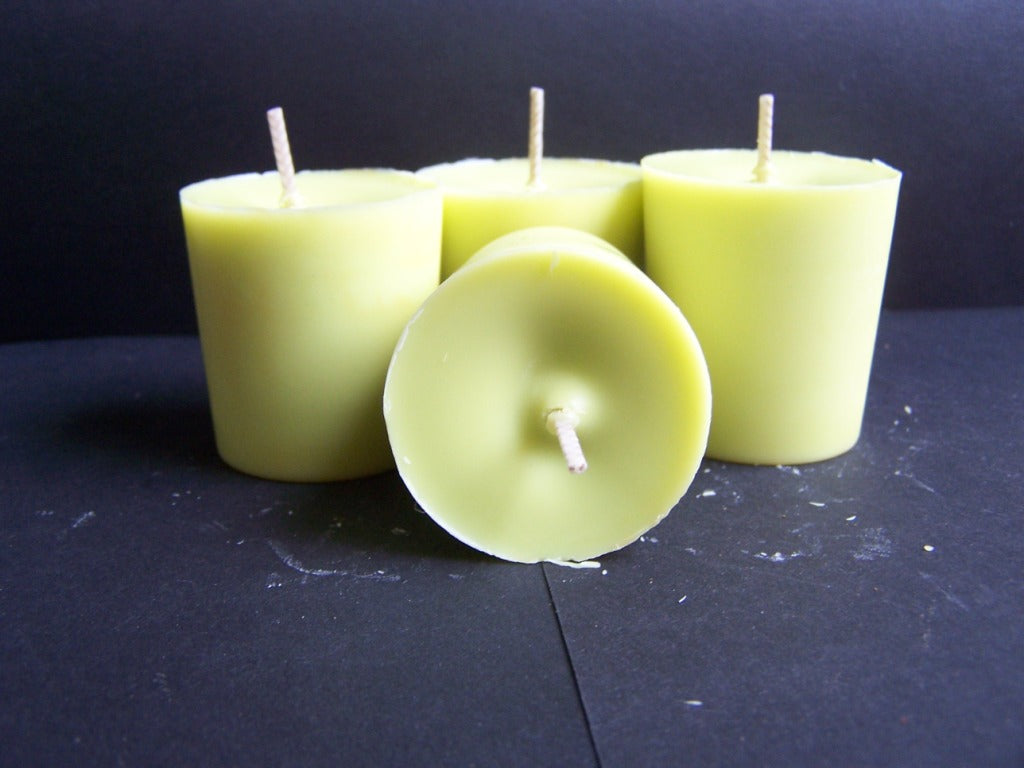Discover the Magic of Crystal Soy Candles and Home Fragrance
Discover the Magic of Crystal Soy Candles and Home Fragrance
Blog Article
From Wick to Wax: Comprehending the Chemistry Behind Soy Wax Candles and Their Ecological Influence
As we illuminate our spaces with the cozy radiance of candles, there exists a realm of elaborate chemistry behind the apparently basic act of lighting a soy wax candle. The selection in between soy and paraffin wax expands beyond plain appearances, diving right into the world of environmental impact and the really composition of the materials. Comprehending the molecular structure of soy wax and its combustion process sheds light on the emissions released into our surroundings. Join us as we untangle the clinical ins and outs behind soy wax candles and discover their implications on our setting.
Soy Wax Vs. Paraffin Wax
When contrasting soy wax and paraffin wax for candle making, it is crucial to comprehend the unique attributes and advantages of each material. Soy wax is a natural, renewable energy obtained from soybean oil, making it environment-friendly and naturally degradable - soy candles. In contrast, paraffin wax is a by-product of oil refining, which elevates concerns about its ecological impact and sustainability
Soy wax candles shed cleaner and give off less soot compared to paraffin wax candles, making them a healthier choice for indoor air high quality. Furthermore, soy wax has a lower melting factor, enabling a longer-lasting candle that spreads scent better. Paraffin wax, on the various other hand, has a tendency to burn faster and less cleanly, potentially releasing dangerous chemicals into the air.
From a sustainability point of view, soy wax is favored for its biodegradability and renewable sourcing, straightening with the expanding consumer preference for eco aware items. While paraffin wax has been a traditional choice in candle light making because of its cost and simplicity of usage, the change towards environmentally friendly alternatives like soy wax is obtaining energy in the sector.
Chemical Structure of Soy Wax
:max_bytes(150000):strip_icc()/SPR-types-of-Candle-Wax-5323778-hero-e4277e76885049a28707749d892fe592.jpg)
Combustion Process in Soy Candles
The chemical composition of soy wax directly influences the burning process in soy candle lights, impacting aspects such as shed time, aroma launch, and ecological impact. When a soy candle light is lit, the warm from the flame melts the wax near the Bonuses wick.
The combustion efficiency of soy candles is influenced by the purity of the soy wax and the quality of the you can find out more wick. A clean-burning soy candle light with a properly sized wick will certainly minimize and produce a steady flame soot formation. This not just extends the burn time of the candle light however also improves the launch of fragrances. In addition, soy wax candles have a reduced ecological impact contrasted to paraffin candle lights as a result of their eco-friendly and renewable nature.

Ecological Advantages of Soy Wax

Considered a lasting option to traditional paraffin wax, soy wax supplies significant ecological benefits that make it a preferred option among eco-conscious consumers. Soy wax burns cleaner and produces much less residue than paraffin wax, contributing to much better indoor air top quality and minimizing the demand for cleaning and maintenance. On the whole, the environmental advantages of soy wax align with the expanding need for green and sustainable products in the market.
Recycling and Disposal Factors To Consider
Reusing and correct disposal of soy wax candle lights play an essential role in maintaining environmental sustainability and decreasing waste in neighborhoods and families. When it comes to reusing soy wax candles, the very first action is to ensure that the candle light has burned completely.

In terms of disposal, if recycling is not an option, soy wax candle lights are naturally degradable and can be safely thrown away in most household waste systems. Nevertheless, it is always advised to inspect with neighborhood recycling centers or waste administration solutions for details guidelines on candle disposal to ensure correct handling and ecological protection.
Conclusion
In conclusion, the chemistry behind soy wax candles reveals their ecological benefits over paraffin wax candles. Soy wax, obtained from soybean oil, burns cleaner and generates less residue when contrasted to paraffin wax.
When comparing soy wax and paraffin wax for candle production, it is essential to comprehend the unique qualities and benefits of each product (soy candles).Soy wax candle lights melt cleaner and produce less residue contrasted to paraffin wax candles, making them a healthier option for interior air top quality.Thought about a lasting option to standard paraffin wax, soy wax supplies noteworthy environmental benefits that make it a prominent selection among eco-conscious consumers. Soy wax burns cleaner and generates much less soot than paraffin wax, contributing to better interior air top quality and reducing resource the need for cleansing and upkeep.In verdict, the chemistry behind soy wax candles reveals their ecological advantages over paraffin wax candle lights
Report this page